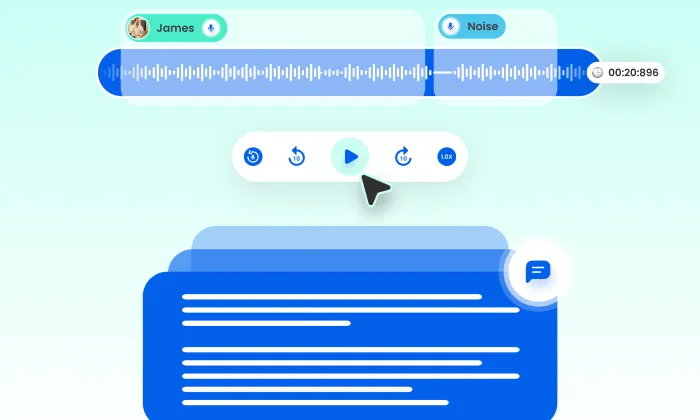How do I measure the impact of in-car speech dataset on my model's performance in real-world scenarios?
Speech Recognition
Model Evaluation
In-Car Data
Understanding the true impact of in-car speech datasets on model performance is crucial in the realm of automotive AI. These datasets are specifically designed to enhance the capabilities of AI systems, such as speech recognition and emotion detection, by accounting for the unique acoustic environments within vehicles. Here, we delve into why these datasets are indispensable, how to measure their impact, and the real-world benefits they offer.
The Critical Role of In-Car Speech Datasets
In-car speech datasets are essential because they capture the spontaneous and prompted speech typical within the confined and acoustically complex environment of a vehicle. This setting presents challenges such as engine noise, varied road textures, and diverse microphone placements, which ordinary datasets cannot adequately address. By leveraging these specialized datasets, automotive AI systems become more adept at interpreting commands and interacting with users in real-world conditions.
Measuring Dataset Impact: Key Metrics and Methods
To assess the effectiveness of in-car speech datasets on model performance, several metrics can be employed:
1. Word Error Rate (WER) and Character Error Rate (CER)
These metrics are paramount in evaluating the accuracy of speech recognition systems. A lower WER or CER signifies better performance, especially crucial in noisy environments typical of vehicle interiors.
- Example: A diverse in-car speech dataset might show a WER of 10% in lab settings, increasing to 20% in real-world scenarios. Monitoring these shifts helps refine model robustness.
2. Intent Detection Accuracy
This metric measures how accurately a system can interpret user intents from audio inputs, a critical factor for voice command functionalities.
- Best Practice: Use a confusion matrix to pinpoint frequently misclassified intents, guiding dataset improvements.
3. Latency Measurements
Latency, or the delay between voice input and system response, must be minimal for effective interaction. Evaluate latency across different conditions to ensure timely responses.
4. Signal-to-Noise Ratio (SNR) Resilience
Understanding how models perform under various noise conditions is vital. Assess SNR resilience to confirm the model's robustness in diverse acoustic environments.
- Consideration: Implement stress tests with challenging audio samples that simulate extreme conditions.
Real-World Impacts & Use Cases
Luxury Electric Vehicle (EV) Brand: A luxury EV manufacturer utilized 500 hours of in-car speech data to train its multilingual voice assistant. Post-deployment, the system showed a 30% reduction in command interpretation errors, significantly boosting user satisfaction.
Autonomous Taxi Service: An autonomous taxi service refined its emotion recognition models using data from high-traffic conditions, enhancing passenger interaction and increasing customer retention by 25%.
Overcoming Challenges in Model Evaluation
Data Variability: Ensure datasets encompass a wide range of acoustic conditions, demographics, and speech types. A lack of variability can lead to model bias and subpar real-world performance.
Annotation Quality: High-quality annotations are crucial. Implement rigorous quality checks to ensure audio samples are accurately labeled, enhancing training effectiveness.
Continuous Learning: Incorporate a feedback loop where real-world interactions inform ongoing model training, allowing systems to adapt to evolving user behaviors and preferences.
Future Trends and Integration
In-car datasets are increasingly integrated with other modalities, such as visual and telemetry data, to support multi-modal learning and enhance AI capabilities. This integration marks a significant trend in automotive AI, paving the way for more sophisticated, context-aware systems.
Final Thoughts: Optimizing for Success
By focusing on key performance metrics and overcoming common challenges, AI teams can leverage in-car speech datasets to create user-friendly, effective systems. FutureBeeAI stands ready to partner with you, offering high-quality, customizable in-car speech datasets tailored to your needs, ensuring your models excel in real-world applications. For projects requiring comprehensive data solutions, contact FutureBeeAI to explore how we can support your AI initiatives.
What Else Do People Ask?
Related AI Articles
Browse Matching Datasets
Acquiring high-quality AI datasets has never been easier!!!
Get in touch with our AI data expert now!








